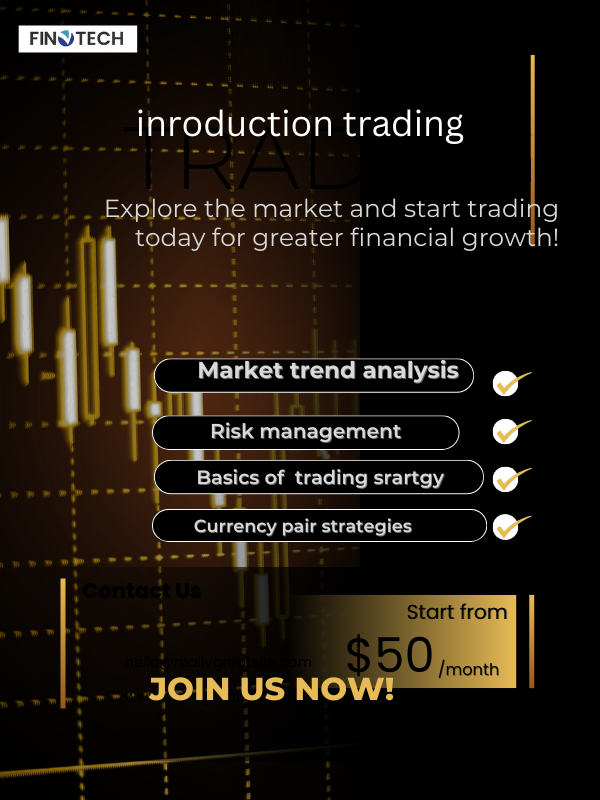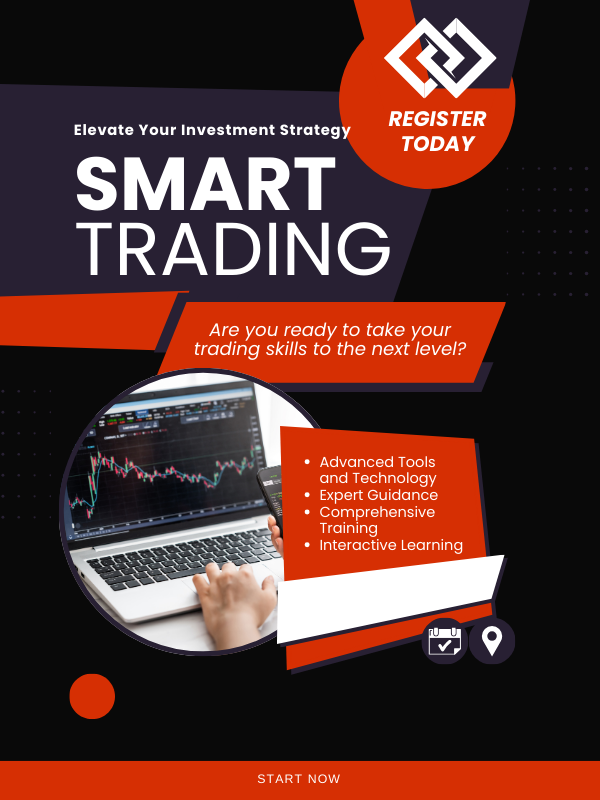Master the Art of Trading Comprehensive Course Outline
Financial market trading is a skill that calls for discipline, strategy, and expertise. Learning the art of trading can help you reach your financial objectives, regardless of your level of experience. This comprehensive course outline will guide you through the essential concepts, tools, and strategies to succeed in the world of trading.

. Introduction to Trading
Indulge in a culinary journey like no other at Divi. Nestled in the heart of California, we are a haven for food enthusiasts seeking exquisite flavors and a memorable dining experience. Our restaurant combines a warm and inviting ambiance with impeccable service to create the perfect setting for any occasion.
Market opening and closing time
open time= 9:15 AM
Closing time= 3:30
Market off days
Saturday and Sunday off
. what is trading
Understanding the basics of trading is essential before attempting more complex tactics.In this section, you will learn:
A brief overview of what trading is and the different types of markets you can trade in (stocks, Forex, commodities, crypto).
- Why Trading Matters
Understand the importance of trading in today’s financial landscape and how it offers opportunities for individuals and businesses.

2. Key Concepts in Trading
To become a proficient trader, you must grasp the core concepts that drive the market. This section includes:
- Market Types
The difference between the stock market, Forex market, and crypto market.Risk Management
Discover how to use tactics like diversification, position sizing, and stop-loss orders to safeguard your wealth. - Technical vs. Fundamental Analysis
Understand the difference between technical analysis (chart patterns, indicators) and fundamental analysis (economic reports, earnings, etc.).
3. Developing Trading Strategies
A successful trader must have a clear strategy in place. In this section, we’ll explore various strategies:
- Day Trading
Focus on short-term trades that last minutes to hours. - Swing Trading
- a medium-term approach in which traders keep their holdings open for a few days or weeks.
- Long-Term Investing
Building a portfolio for steady growth over months or years. - Algorithmic Trading
Learn how automated trading systems use algorithms to place trades on your behalf.
4. Tools of the Trade
Trading requires the use of various tools to make informed decisions:
- Trading Platforms
A guide to popular platforms like MetaTrader, TradingView, and others. - Charts and Indicators
- Acquire the ability to read charts and utilize technical indicators such as MACD, RSI, and Moving Averages..
- Trading Bots
Explore how automated trading tools can help you optimize your trades.
5. Psychological Aspects of Trading
The mental side of trading is often the hardest to master. In this section, you will learn:
- Overcoming Emotions
How to avoid fear, greed, and other emotional traps that lead to poor decision-making. - Building Discipline
How to stick to your strategy, manage your risk, and maintain a long-term perspective. - Dealing with Losses
How to bounce back from a losing trade and stay focused on your overall goals.
6. Advanced Trading Strategies
For those ready to take their skills to the next level, we cover advanced trading strategies:
- Options Trading
Learn how to trade options, including calls, puts, and strategies like spreads and straddles. - Futures Trading
Understand futures contracts and how to trade commodities, indices, and other assets. - Hedging Techniques
Learn how to use hedging to reduce risk in volatile markets.
7. Risk Management and Capital Preservation
In this section, you’ll learn techniques to protect your investments:
- Using Stop-Loss Orders
Set clear exit points to minimize losses. - Position Sizing
How to figure out how much money to risk on each deal. - Diversification
To lower risk, distribute your investments among several assets.
8. Building a Trading Plan
To be successful in the markets, you need a trading strategy. This section will help you:
- Setting Clear Goals
Define your short-term and long-term trading goals. - Risk Tolerance Assessment
Understand how much risk you’re willing to take and how to incorporate that into your strategy. - Backtesting and Evaluation
Learn how to test your strategies on historical data and make adjustments.
Conclusion
Gaining proficiency in trading is a process that calls for constant study and practice. By following this comprehensive course outline, you’ll develop the skills, strategies, and discipline needed to succeed in the financial markets. Whether you want to trade stocks, Forex, commodities, or crypto, this course will provide you with a solid foundation to become a confident, skilled trader.




